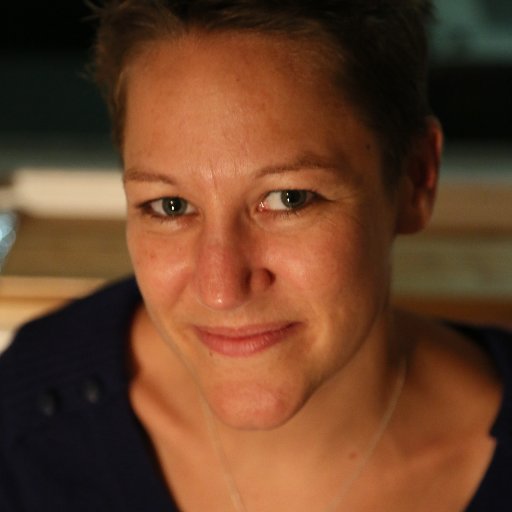Nino Judge, CEO of Flypop shares his advice for entrepreneurs about how he used Angel Investment Network to get his airline off the ground.

Tell us about flypop: The ‘pop’osition
flypop is a new British low-cost airline providing non-stop direct flights between the UK (London Stansted) and second cities of South Asia, starting with India, targeting the South Asian market in the UK, Europe and North America and their visiting friends & relatives (VFR).
flypop is also committed to protecting the planet by being the first and only fully carbon neutral airline in the world by carbon offsetting each passenger that travels with us.



